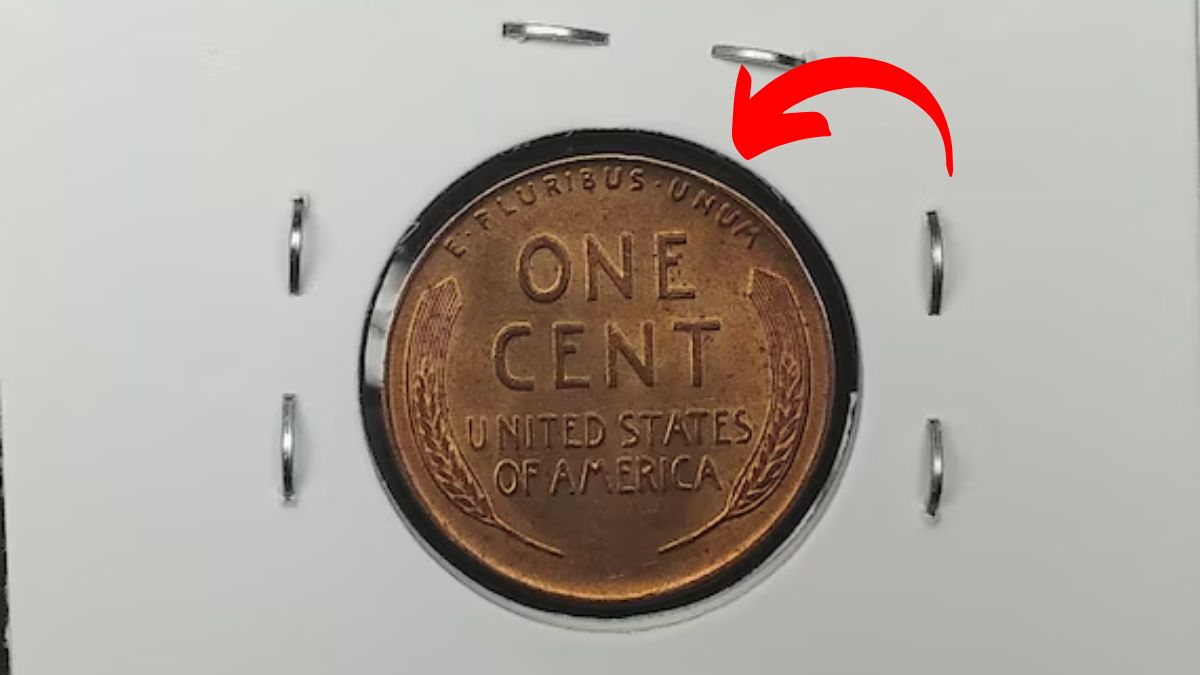Most of us don’t give much thought to pennies. They pile up in jars, sit forgotten in our car’s cup holders, or get tossed into the “take a penny, leave a penny” tray at the store. But what if I told you that one of those pennies could be worth an unbelievable $1 billion? Sounds crazy, right? While a billion-dollar penny might be a stretch, some Lincoln Wheat Pennies have sold for millions—and there’s always the possibility that an undiscovered one could set a new record.
Could you be carrying a fortune in your pocket? Let’s dig in.
What Is the Lincoln Wheat Penny?
The Lincoln Wheat Penny first made its debut in 1909, celebrating the 100th birthday of Abraham Lincoln. Designed by Victor David Brenner, it was a game-changer—it was the first U.S. coin to feature a real person.
Here’s what makes it unique:
- Front (Obverse): Lincoln’s profile, a design that’s still used on pennies today.
- Back (Reverse): Two wheat stalks, symbolizing prosperity and strength—hence the name “Wheat Penny.”
This design was in circulation until 1958, when it was replaced by the Lincoln Memorial Penny. While most Wheat Pennies are only worth their face value, a few rare ones have skyrocketed in price, with some selling for millions.
Why Are Some Pennies Worth a Fortune?
The vast majority of pennies are common and won’t make you rich, but certain Lincoln Wheat Pennies have become incredibly valuable. What makes them so special? A mix of minting errors, historical significance, and high collector demand.
The most famous of these is the 1943 Copper Lincoln Wheat Penny—one of the rarest coins in American history.
The Fascinating Story of the 1943 Copper Penny
World War II changed everything, even the way coins were made. To conserve copper for war supplies, the U.S. Mint switched to steel pennies in 1943, coating them in zinc to give them a silver-like appearance. But here’s where things get interesting: A few pennies were accidentally struck in copper instead of steel.
These rare mistakes turned into one of the most sought-after error coins of all time. Today, a genuine 1943 Copper Lincoln Wheat Penny can sell for hundreds of thousands—or even millions—of dollars.
What Makes a Penny Worth Big Money?
If you’re wondering what separates a common penny from a jackpot coin, here are the key factors:
- Minting Errors: Double prints, off-center designs, or misprinted dates can make a coin much more valuable.
- Material Rarity: The 1943 Copper Penny is incredibly rare because nearly all pennies that year were made of steel.
- Limited Production: Certain years had lower mintages, like the 1909-S VDB and 1914-D pennies, making them highly collectible.
- Historical Significance: The Lincoln Wheat Penny was the first coin to feature a U.S. president, adding to its cultural value.
Could There Really Be a $1 Billion Penny?
No Lincoln Wheat Penny has ever sold for $1 billion, but some have broken records:
- In 2010, a 1943 Copper Lincoln Penny sold for $1.7 million.
- In 2019, another one fetched $204,000.
If a completely new, one-of-a-kind 1943 Copper Penny with a never-before-seen minting error were to surface, its value could easily break records. A billion dollars? Maybe not. But a life-changing fortune? Absolutely.
How to Tell If You Have a Rare Lincoln Wheat Penny
Think you might have a hidden gem in your coin jar? Here’s what to check for:
1. Look at the Year
Some of the most valuable Lincoln Wheat Pennies include:
- 1909-S VDB Penny – One of the first Lincoln pennies, with designer Victor David Brenner’s initials on the back.
- 1914-D Penny – A rare, low-mintage coin from the Denver Mint.
- 1943 Copper Penny – The holy grail of Wheat Pennies.
- 1955 Doubled Die Penny – A striking error where the text appears doubled, making it a collector’s dream.
2. Try the Magnet Test
Most 1943 pennies were made of steel and will stick to a magnet. If yours doesn’t stick, it could be one of the ultra-rare copper versions worth millions.
3. Check for a Mint Mark
Look under the year on the front of the penny:
- “D” means it was minted in Denver.
- “S” means San Francisco.
- No letter? It was minted in Philadelphia.
4. Look for Minting Errors
Doubled text, missing letters, or an off-center design can significantly boost a penny’s value.
What to Do If You Think You Have a Rare Penny
So, what if you find a suspiciously old penny that fits the bill? Here’s your game plan:
- Don’t Clean It! – Cleaning can damage the coin and lower its value.
- Do the Magnet Test – If your 1943 penny doesn’t stick, it might be the rare copper version.
- Weigh It –
- A normal steel 1943 penny weighs 2.7 grams.
- A copper 1943 penny weighs 3.11 grams.
- Get It Verified – Take your coin to a professional numismatist, a trusted coin dealer, or a grading service like PCGS or NGC to authenticate it.
- Sell It at the Right Auction – If it’s the real deal, a top auction house could fetch you a massive payday.
Final Thoughts
The Lincoln Wheat Penny is more than just a piece of spare change—it’s a slice of American history that could be worth a small fortune. While the idea of a $1 billion penny may be a myth, the fact that some of these tiny treasures have sold for millions is undeniable.
Before you drop that old penny into a vending machine or toss it in a tip jar, take a closer look. You might just be holding a piece of history—and a big payday—in the palm of your hand.
